It's a bird! It's a plane! It's an … eVTOL?
For decades, flying vehicles have been a symbol of far-off, futuristic societies in movies like The Fifth Element, Blade Runner: 2049, and Back to the Future. A distant cousin of the DeLorean (minus the time traveling), eVTOLs are more like electric helicopters or oversized consumer drones than flying cars, but they're flying in the air today.
eVTOL stands for "electric vertical take-off and landing" aircraft, and as the acronym implies, this type of aircraft uses electric power to take off, hover, and land vertically.
These aircraft use numerous electric motors to power propellers to take off and land, wings to glide through the air, and large onboard batteries to store energy. The combination of propellers and wings allows eVTOLs to take off vertically like helicopters yet fly like planes. They can travel anywhere between 100 and 150 miles at lower altitudes on a single charge, can reach speeds up to 200 miles per hour, and do not require runways.
What makes eVTOLs even more mind-boggling is that they produce very little noise, as quiet as a gust of wind. Their designs, incorporating electric motors and efficient wings, prioritize quietness, allowing them to be used where people live and work. And because they can operate at lower altitudes and fly vertically, eVTOLs have a lot of flexibility as to where they can go and who they can serve.
As of December 2021, an estimated 200 companies globally are working on eVTOLs for personal recreational aircraft, sporting aviation, and shared urban air taxis.
Below are some of the most promising manufacturers in the eVTOL space:
Beta Technologies
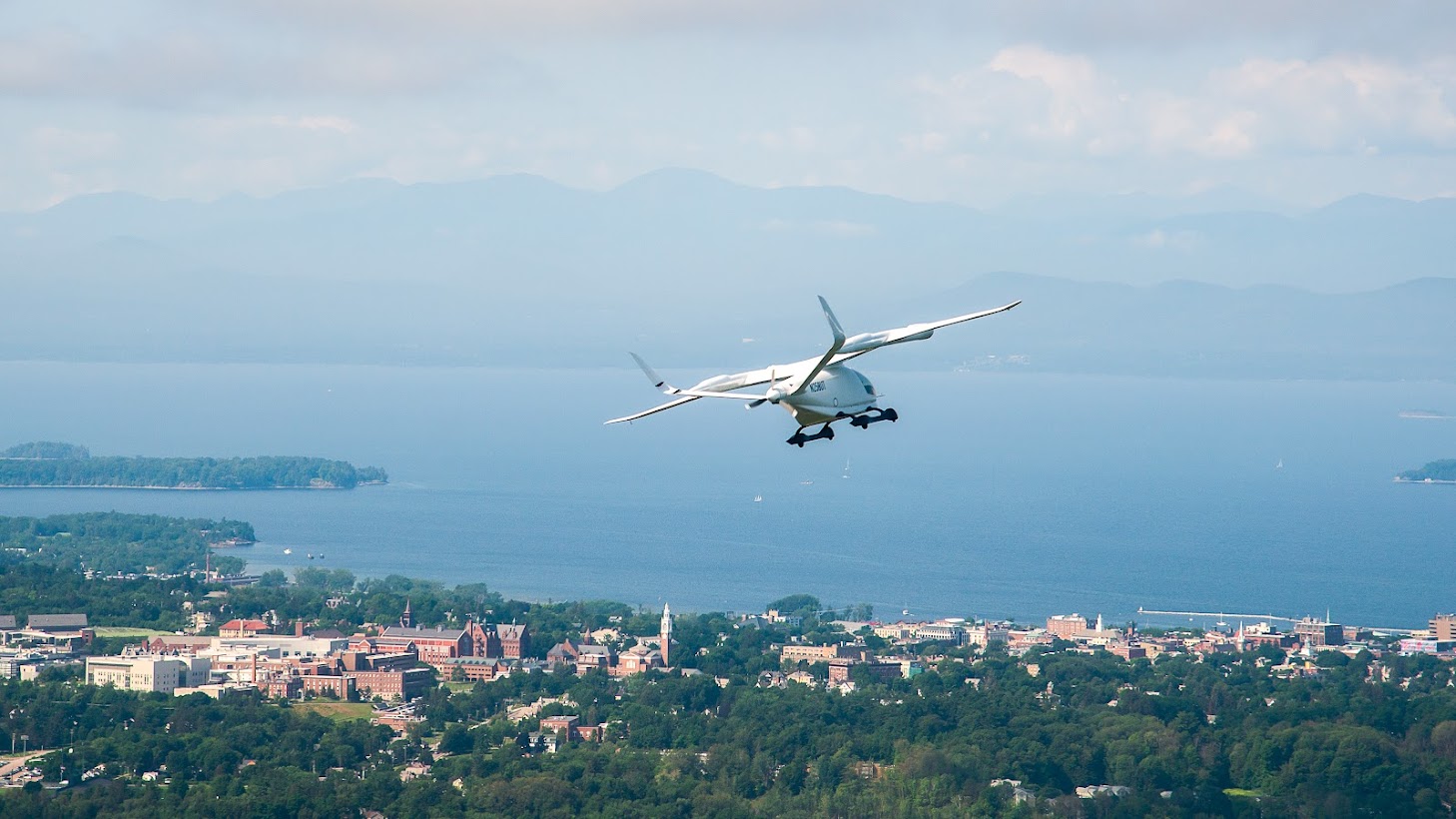
Beta Technologies' Alia eVTOL model can carry up to 1,500 pounds of cargo, or six people, and has a 250-mile range. This company already has partnerships with UPS, the U.S. military, and other companies for use as air taxis.
Joby Aviation
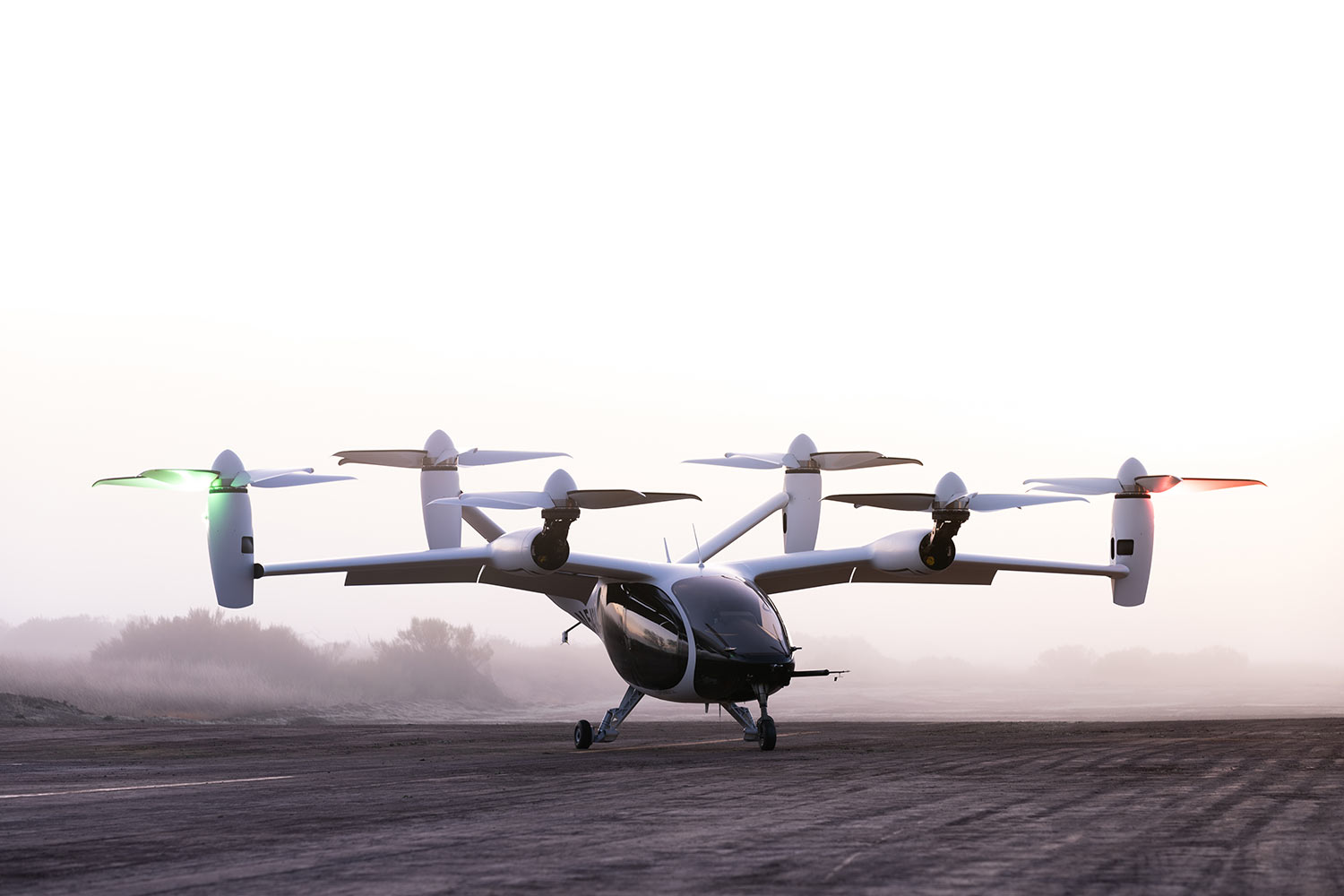
Joby Aviation acquired Uber's electric flying car division, Uber Elevate, in 2020 and will begin its commercial air taxi service in 2024. Its eVTOL model is the S4, which features a four-passenger capacity and a 150-mile range.
AIR
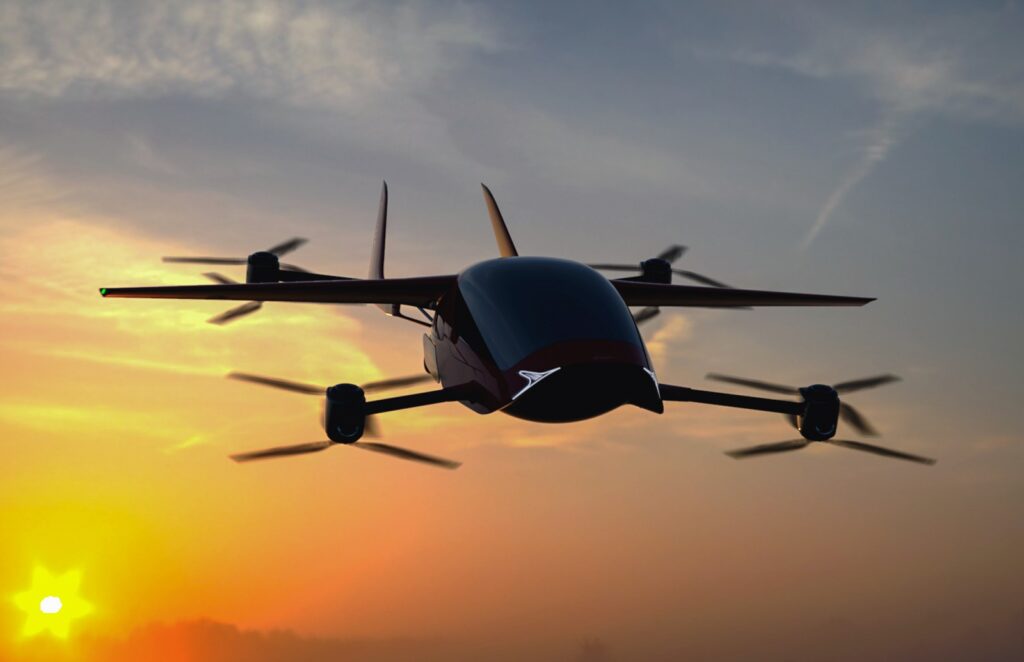
Startup company AIR has designed an eVTOL, called One, for recreational use by the public, rather than as an air taxi. One will have a 150-mile range and seats two passengers.
Lilium
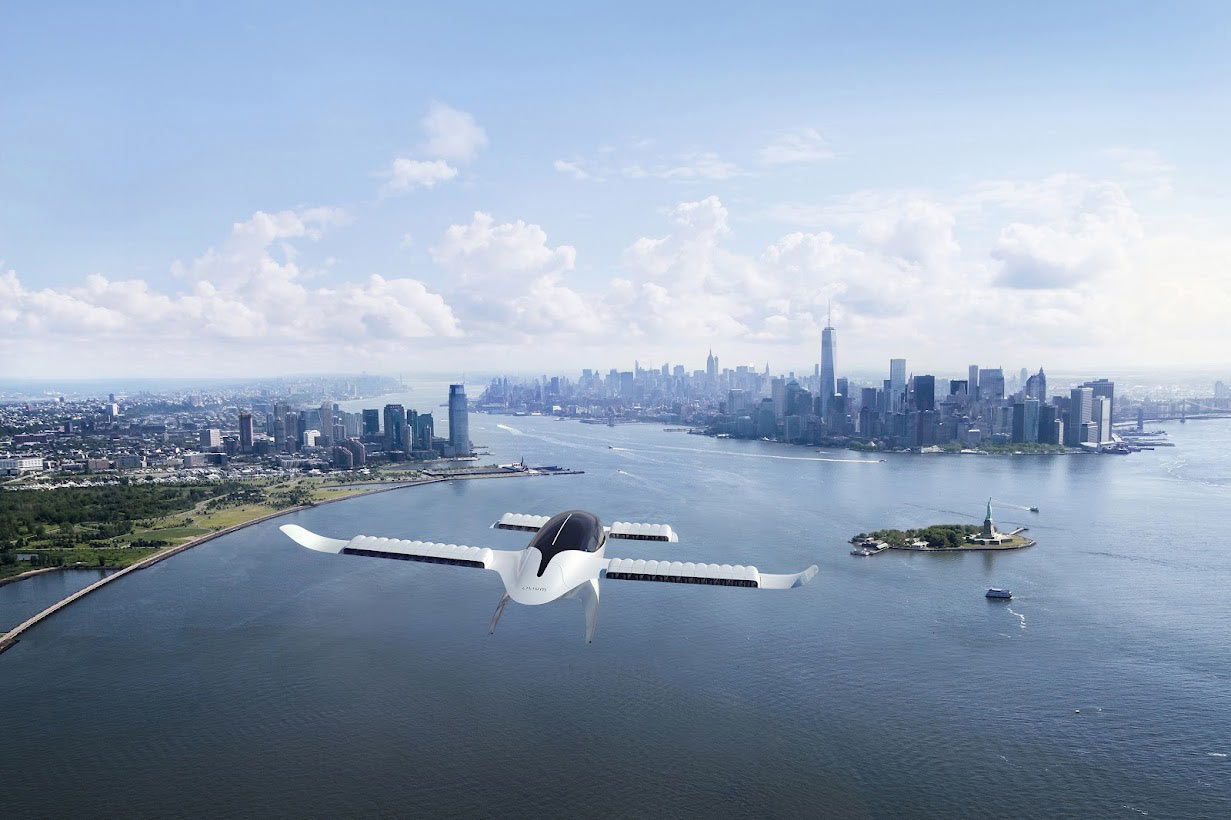
Lilium claims that its Phoenix 2 was the first full-sized eVTOL to transition from hover to wing-borne flight in midair, a critical maneuver for eVTOLs to work properly. This private eVTOL jet will be able to carry up to six passengers and will have a range of 150 miles.
Wisk
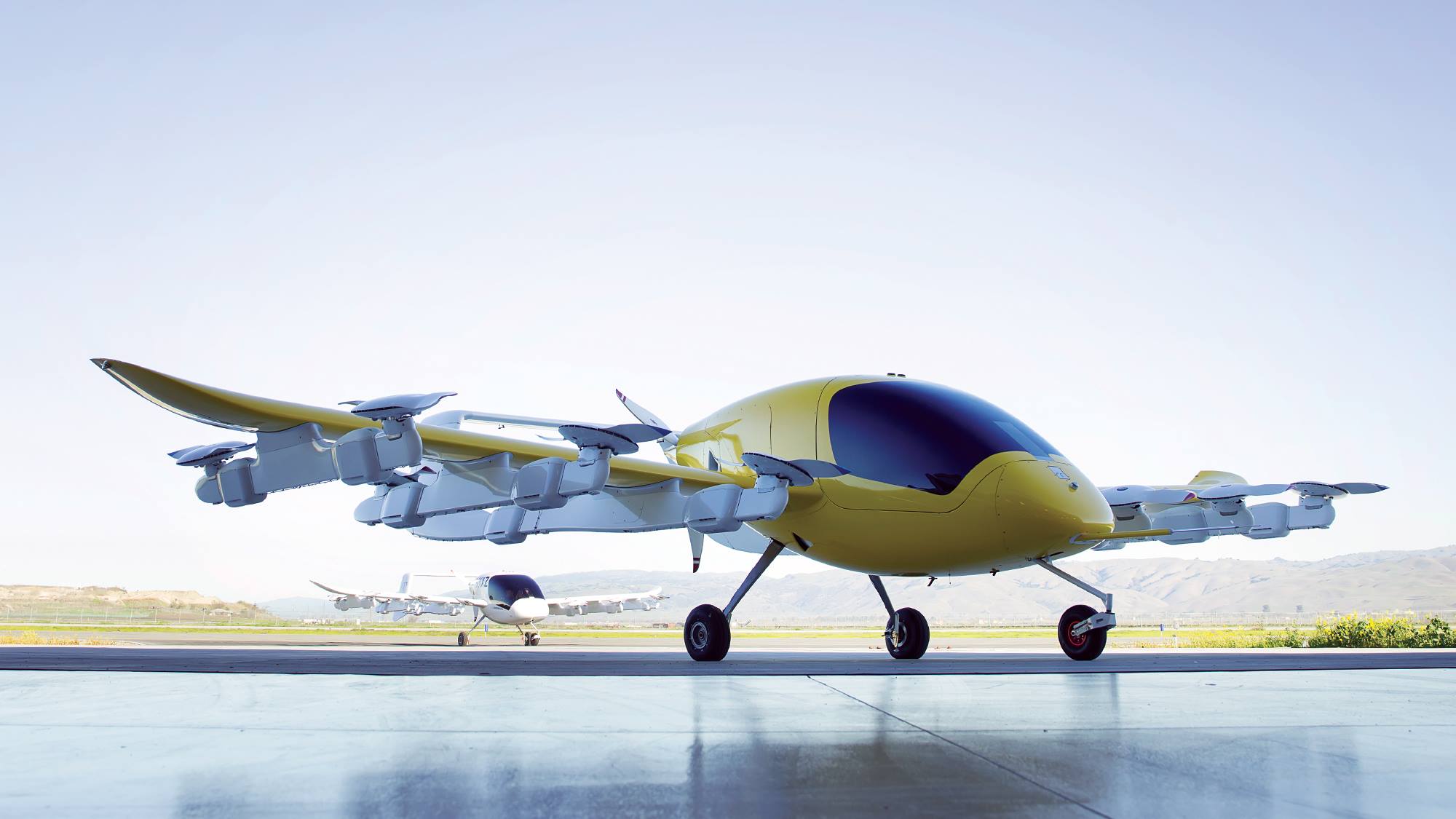
Wisk says that it is the first U.S. company to have successfully flown an autonomous eVTOL aircraft. Its eVTOL model is meant to serve as an air taxi. It has a relatively short range of about 25 miles, but c'mon, it flies itself.
Currently, the eVTOL sector has an abundance of startups and aerospace companies seeking funding and partnership deals. Many established American companies are awaiting Federal Aviation Administration approval to begin manufacturing, while international companies are awaiting their own nations' licensing. Certifications, approvals, facilities, pilot training, and maintenance are the biggest obstacles facing eVTOLs at this point because this industry is still emerging.
That said, eVTOLs are already being used for sporting aviation and personal recreation.
Airspeeder is the world's first electric flying vehicle racing series, which held its first event in November of 2021.
TCD Picks » Upway Spotlight
💡Upway makes it easy to find discounts of up to 60% on premium e-bike brands
Jetson Aero, a Swedish startup, launched in October 2021 with an eVTOL called Jetson One. This personal electric aerial vehicle sold out its 2022 pre-sale and its 2023 pre-sale inventory is almost gone, with only three Jetson Ones available priced at $92,000 each. Purchasers will be able to test-fly their vehicles early this year.
But eVTOLs aren't just for fun. In April 2021, UPS reserved 150 eVTOLs from Beta Technologies for time-sensitive deliveries. The U.S. military also signed a second contract in January 2022 with Beta Technologies to test eVTOLs for military cargo and logistics missions. Many more eVTOL aircraft will be in action as soon as 2024, although production and regulation are still evolving.
As for cost, current estimates of what an average eVTOL aircraft passenger in the U.S. can expect to pay range from $2.25 to $11.00 per mile.
Compared to cars, these aircraft save so much time because they can bypass roads, take direct routes between destinations, and travel at much higher speeds. Air taxis have the potential to cut a 45-minute trip from downtown Manhattan to JFK International Airport down to just five minutes.
Not only are eVTOLs shifting the future of daily transportation as we know it, but they are also doing some serious good for the planet.
Because of their electric motors, these aircraft are considered zero emission, which means essentially that they don't make air pollution. But this isn't always true. When dirty energy like methane gas is used to charge batteries, the result is harmful carbon pollution. Using clean energy like solar to charge an eVTOLs' batteries further reduces this pollution, explains Kaushik Rajashekara, a professor of engineering at the University of Houston.
That said, an eVTOL transporting three passengers produced 52% less harmful carbon pollution than a car. Even using a dirty energy source to charge its batteries, eVTOL aircraft offer a profound positive benefit for air quality.
Human activity over the past 60 years has been directly linked to the overheating of the planet. One of the most damaging activities is driving cars that burn gas, which is made worse by factors like traffic and inefficient routes that make us drive farther and for longer.
eVTOLs could revolutionize transportation and contribute to the effort to keep the planet from overheating. Their electric power and design could make commutes more efficient without the harmful carbon pollution, saving both the sanity of humans and the health of the planet.
Follow The Cool Down on Instagram and subscribe to our newsletter.













